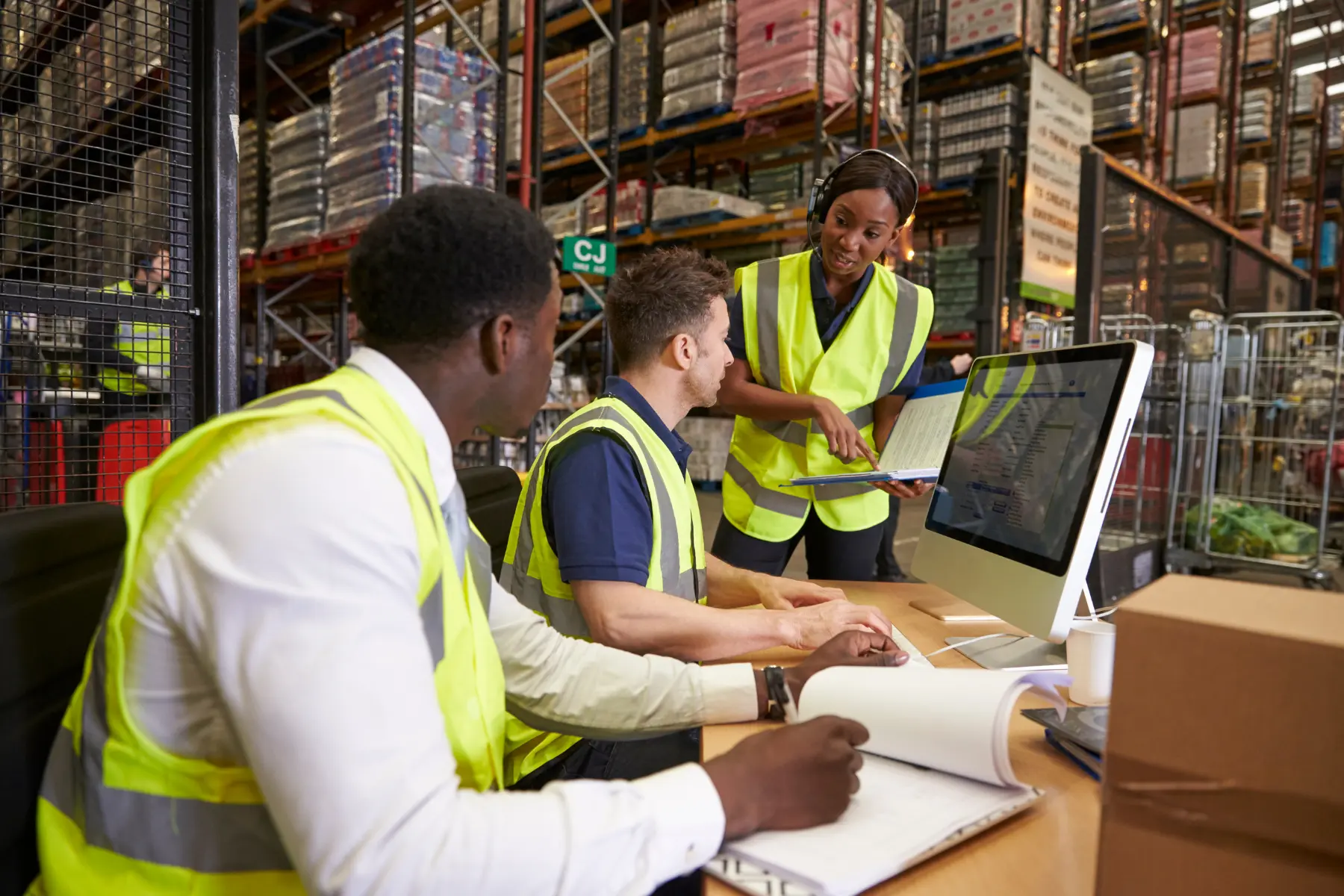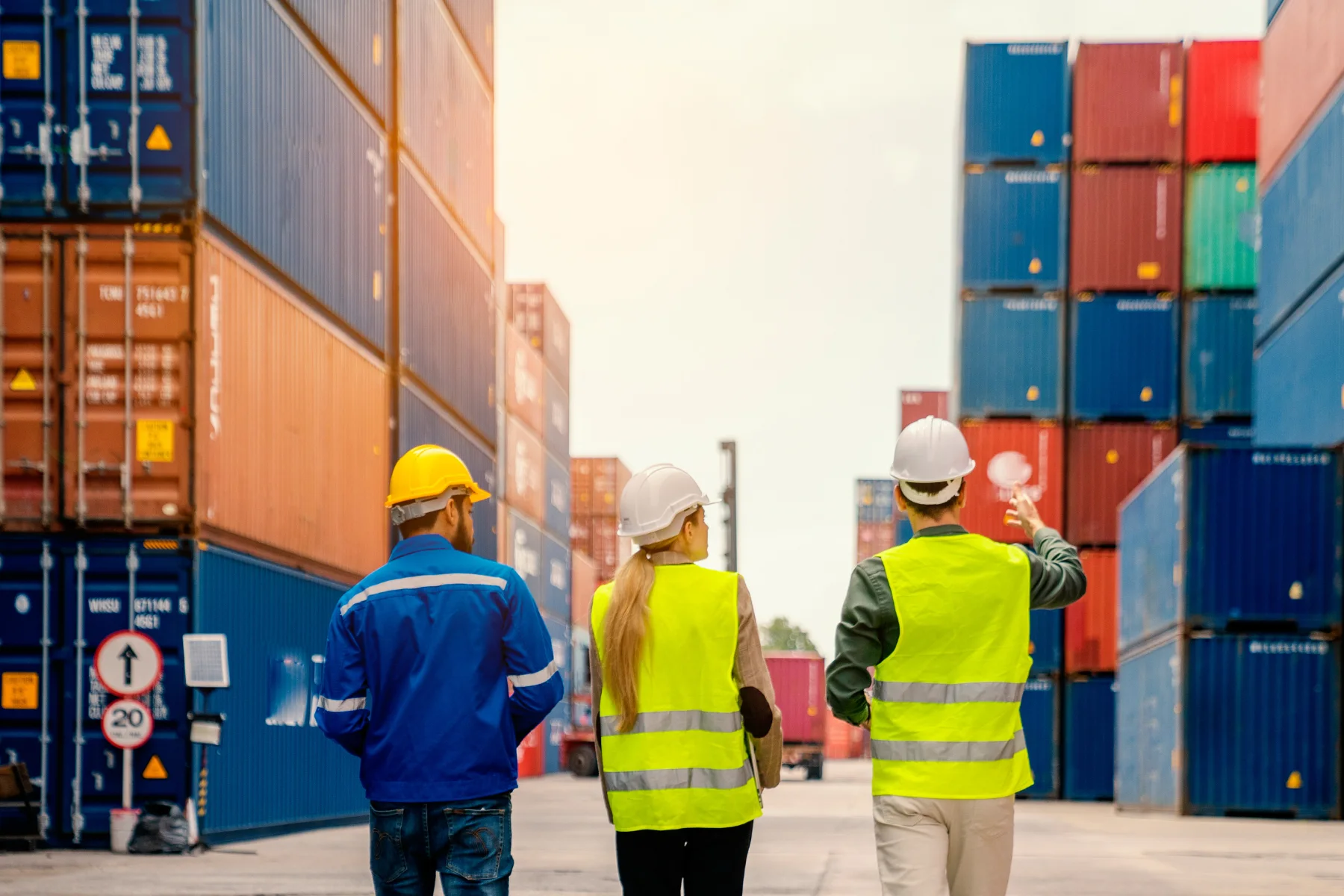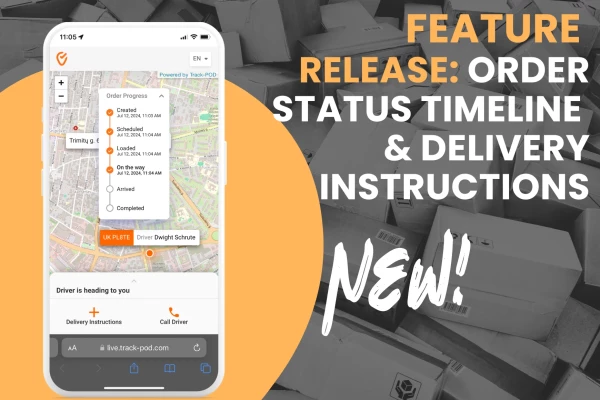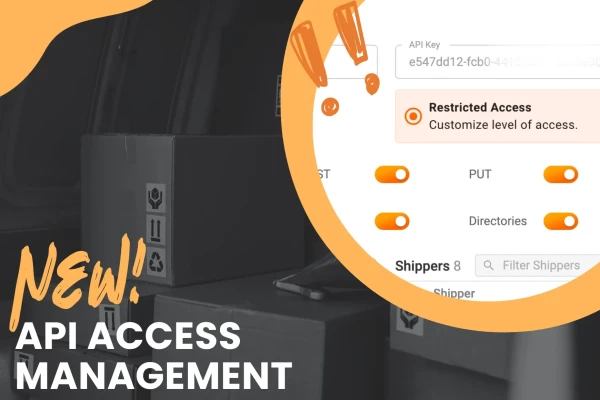10 Steps to Supply Chain Efficiency

by
Yulia Miashkova
April 30, 2024
In 2024, wholesale supply chain optimization will become a bitter pill. But why? Because of all the complexities and thousands of things to manage.
It’s like playing Tetris but with stakes as high as disturbing your company's logistics. Just like the game, the managers at the top level need to put the blocks as neatly as possible so that, in the end, everything adds up. But unlike Tetris, the supply chain game is thrown curveballs like tech innovations and unpredictable market demands.
Now, think of your supply chain as a water park. Just as water flows through different slides and pools, your product flows from factories to the hands of your customers. If one slide gets clogged, the fun stops. So, you must keep those slides, aka your delivery routes, as efficient as possible to save yourself from any problems.
Do you have a question about what optimization is in the supply chain? What you need now are the 10 steps that you came here for. So, here’s your goldmine. Dig inside.
Step 1: Understand the wholesale supply chain process
So, what is the wholesale supply chain process? Let’s find out.

Have you heard about a relay race? A product's journey from manufacturing to delivery is just like that. At each stage of the wholesale supply chain, one part passes the baton to the next, ensuring the product gets where it needs to go smoothly.
The very first person in that race is Procurement. This involves acquiring the essential raw materials needed to create products. At this step, you need to choose the most competent supplier as one would pick top sprinters if they are participating in a relay race.
Once manufactured, the products move to warehousing. This is the second runner. This is where effective organization and storage are critical to minimize costs and prevent the products from becoming outdated. Lastly, the third runner (this race only had three), the distribution stage, completes the whole supply chain process. In this step, you must select optimal delivery routes and methods so the products can reach the consumers on time.
Step 2: Implement data analytics for decision-making
The next step in optimizing your supply chain process in 2024 is Data analytics. It gives businesses a clear view of the road ahead. This technology provides crucial insights that help companies navigate the complex pathways of supply chain management.
Here are a few points that data analytics can help achieve.
- Predictive demand forecasting: Imagine being able to predict your customers' next moves. Data analytics allows businesses to do just that. It examines all the trends and patterns in which the customers behave. This insight helps companies keep just the right amount of stock on hand—enough to meet demand.
- Efficient route planning: With data analytics, planning delivery routes becomes a strategic logistics game. This tool helps identify the quickest, most fuel-efficient routes, saving time and cutting transportation costs.
- Risk mitigation and opportunity discovery: Lastly, you can stay one step ahead by incorporating data analytics into your daily operations. They can spot problems before they arise and seize opportunities to enhance service or reduce expenses.
Step 3: Adopt automation and AI technologies
Here, you need to start by adopting automation and new AI technologies that are available in the market now. These technologies significantly enhance efficiency and transform traditional supply chain operations into streamlined, high-performance systems.

The first technology you could use is Robotic Process Automation (RPA). It transforms warehousing operations by automating the repetitive tasks of sorting, packing, and storing goods. This technology reduces the need for manual labor, accelerates processing times, and minimizes human errors, functioning like a tenacious team of precise workers. RPA ensures that every item is precisely placed and processed on time, enhancing overall efficiency in the warehouse environment.
Next, you can use AI-driven insights and decision-making to elevate automation in supply chains. AI applications can dynamically adjust pricing models in response to market demand fluctuations or optimize delivery routes by considering real-time traffic conditions. This level of intelligent automation ensures that operations are expedited and more strategically adept, allowing businesses to adapt to market or consumer behavior changes swiftly.
Step 4: Foster strong supplier relationships
In a globalized market, nurturing strong supplier relationships is akin to cultivating a well-tended garden—it requires consistent care and cooperation to thrive. These relationships are the backbone of effective supply chain management, ensuring that everything from negotiations to supply continuity runs smoothly.
Think of smooth negotiations as a well-rehearsed dance where companies and suppliers intimately know each other’s rhythms. This deep understanding allows for negotiations that benefit both sides, leading to more favorable pricing and contract terms. It's like dancing together in perfect harmony, where each move benefits both partners.
Having a solid and trusting bond with your supplier is key. This trust enhances product quality. It also enables systems like just-in-time deliveries, which optimize inventory costs and boost customer satisfaction.
Step 5: Embrace sustainable practices
Using sustainable practices in the supply chain is like going green in your life—it helps the planet and saves money. These eco-friendly ways include planning the best routes for shipping, like picking the shortest way for a road trip. It cuts down on pollution and saves fuel.

Another way is using materials that can be recycled or break down naturally. For instance, using switching to eco-friendly packaging is good for the Earth and makes customers happy. Lastly, using energy-efficient technologies is essential. They are like energy-saving appliances at home. They use less energy and help the environment. When companies use sustainable practices, they help the environment and save money.
Step 6: Optimize inventory management
Managing inventory well is super important. If you don't do it right, think about closing down your company. You've got to have the perfect amount of stuff in stock to meet what customers want. Good inventory management ensures products are there when and where people need them.
Businesses can balance demand and inventory by implementing a few key strategies. First, demand forecasting is essential, much like weather forecasting for sales. By analyzing historical data, companies can predict future customer demand and adjust their inventory to meet sales without overcommitting resources.
Secondly, maintaining safety stock is crucial. Having extra inventory is like having a backup plan. It helps when there's suddenly more demand or problems in the supply chain.
By figuring out the right amount of extra stock to keep, businesses can meet customer orders quickly, even if unexpected things happen.
Lastly, adopting advanced inventory management software provides a technological edge. These sophisticated tools offer real-time data on inventory levels, track product movement across various locations, and automate ordering processes.
Step 7: Enhance logistics and delivery strategies
Think of enhancing logistics and delivery strategies like organizing traffic in a city. It's about making sure your operations run smoothly and quickly. This helps you make your deliveries faster and saves you some extra bucks. On top of that, it will make your customers happier.
For you as a business, you need to use three things to revamp your logistics:
- Advanced routing algorithms: Using fancy routing algorithms is like having a super intelligent navigator plan your route. These algorithms determine the best paths for delivery trucks, considering traffic and how far they need to go. This makes deliveries faster and saves gas, saving time and money.
- Fleet management software: Having fleet management software is like having a control tower at an airport. It helps keep track of all the vehicles, ensuring they're in the right place and working well. The software can also check how the cars are doing, schedule check-ups, and pick the best routes. This makes everything run smoother and stops things from breaking down too often.
- Real-time tracking systems are like having your package send you photos on its journey. Customers can see exactly where their order is at any time, which makes them trust the company more. This makes customers happy and helps businesses quickly fix any problems with deliveries.

Step 8: Leverage B2B e-commerce platforms
These are the platforms where one business buys or sells something to another. These platforms revolutionize how companies talk to each other and do business. These platforms make the whole process, from asking about something to buying it, more accessible and faster for everyone involved.
B2B platforms transform business interactions by serving as a bridge between buyers and suppliers. They facilitate easy and rapid exchanges, ensuring smooth communication and the completion of transactions without the need for cumbersome paperwork or delays. Additionally, these platforms enhance order fulfillment efficiency by optimizing each step of the process, from placing orders to delivery.
This efficiency is comparable to having a highly efficient assembly line for each order, which helps products reach buyers faster and with fewer errors, thereby increasing customer satisfaction.
Moreover, B2B e-commerce platforms grant companies access to broader audiences and new markets that were previously out of reach, similar to opening new storefronts globally without needing physical infrastructure investment.
Step 9: Continuous learning and adaptation
To remain ahead, businesses must become adept at interpreting the map of industry trends. This involves keeping a keen eye on technological breakthroughs, regulatory developments, and market shifts. Such vigilance enables companies to foresee upcoming changes and strategically pivot their operations, ensuring they're not just keeping pace but setting the pace.
Continuous improvement is the engine tuning for any business striving for peak performance. Companies must regularly scrutinize and refine their processes. This ongoing refinement is crucial for cutting inefficiencies and boosting productivity. It's about always seeking better, more efficient ways to operate, ensuring that every aspect of the business is optimized for maximum output and quality.
When businesses want to do well, they must quickly keep up with new technologies. That means they must use fancy tools like artificial intelligence and machine learning. These tools can make things like managing supplies way better, making everything more vigorous and more accessible to change when needed.
Step 10: Collaborate with supply chain optimization companies
Working with companies that know much about managing supply chains can be very helpful. These companies give us special tips and the best ways to improve your work. They know all the secrets about how to fix problems and make things run smoothly.

These partners bring in cool technology that can change how we manage your supplies. With new software, we can automate boring jobs, organize your deliveries better, and predict what your customers will want more accurately. This technology makes your work easier, reduces mistakes, and saves time, making everything run more smoothly.
Another great thing about these partnerships is that they help us deliver products faster and in better shape. This makes your customers happy and more likely to stay with us because they can count on us to meet their needs consistently and with high quality.
Supply chain optimization examples
1. Food marketing and distribution company
A prominent food marketing and distribution company worked with Accenture to reimagine its supply chain management. They developed a unified view of demand that combined internal data with new external data that emerged during the pandemic.
This approach helped the company anticipate and pivot around supply chain obstacles, improving inventory positioning and supply-side dynamics, thereby future-proofing its operations and gaining a competitive edge.
2. Walmart and H&M
These two companies used AI-driven demand forecasting to improve their retail operations. Walmart started using a machine learning system called Eden to better predict how long fresh produce will stay good. This helped them save around $2 billion in five years by wasting less food.
Meanwhile, H&M uses advanced analytics and machine learning to customize what it sells. This meant they had less extra stuff in stock and matched better with what customers wanted. These examples show how AI helps in retail, making predictions better, managing inventory well, and improving overall business success.
Conclusion
Wrapping up and making your supply chain super smooth and awesome is like playing an intelligent game with excellent tools and tricks. Imagine giving your supply chain a magic wand called Track-POD! This gadget is like a GPS and a brainy calculator rolled into one.
It helps you determine the best delivery paths, keeps an eye on things in real-time, and even crunches numbers to offer intelligent tips. By using TrackPod, you can make your delivery game stronger, cut down on costs, and make your customers happier. It's like turning your supply chain into a superhero team that knows exactly where to go and what to do, all while saving the day, one package at a time!
- Transportation management
About The Author
Yulia Miashkova
Growth marketing manager with a background in public relations, SEO, social listening, and Account-Based Marketing.










